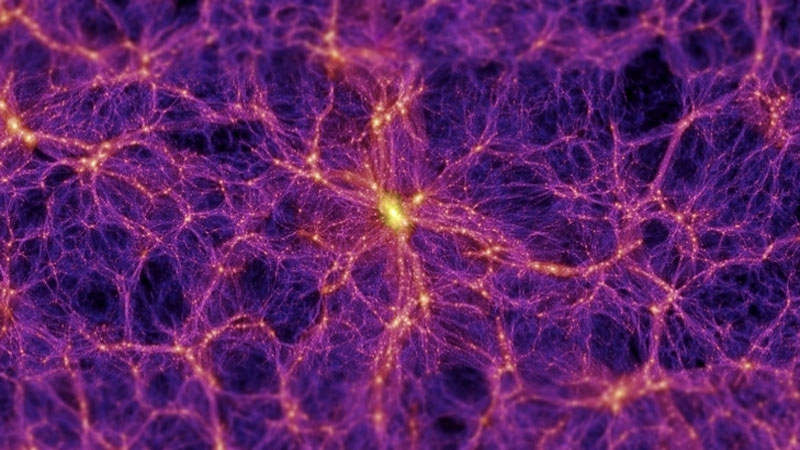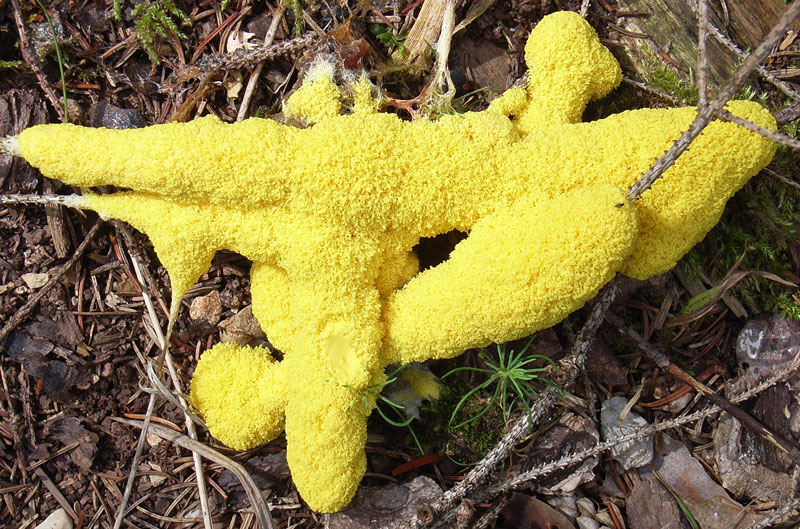Many years of adaptation of the slime mold development algorithm to model the largest universal structures – the so-called cosmic web – has led to undoubted success. Slime molds turned out to be so close in the development of colonies to the cosmic web that it literally opened the eyes of scientists, promising to help understand the evolution of the Universe at all stages of its development.

Visualization of the cosmic web. Image source: Astrophysics
The scientists spoke about their work in the latest issue of the journal Astrophysics. They set out to find a more accurate algorithm for modeling the cosmic web. The cosmic web is woven from matter and dark matter. It has been forming and developing its structures since the very beginning of the Universe and continues to do so now. Its most mature parts are threads of dark matter, usually matter, galaxies and galaxy clusters, connecting nodes of giant galaxy clusters, matter and dark matter. The threads and nodes are surrounded by huge voids – voids, where both ordinary and dark matter are practically absent.
A group of scientists from the Institute of Astrophysics named after. Max Planck noticed that the growth of such a living organism as a slime mold very much resembles the structure of the cosmic web. It is a complex colony of bacteria that behaves somewhat like a fungus or mold. It feeds, creates structure and grows, essentially evolving. Scientists adapted a slime mold growth algorithm to model the evolution of the cosmic web and were amazed at how closely it replicated observational results. The accuracy turned out to be much higher than in the case of conventional modeling methods in physics for this case.

One of the subspecies of slime mold. Image source: Wikipedia
Already taking into account new models, it became possible to conclude that in the past the evolution of galaxies was more dependent on proximity to large formations in the Universe – galaxies grew more actively. In the nearby Universe or at recent intervals on the time scale, everything happened exactly the opposite: the closer large structures were to growing galaxies, the slower the latter grew.
A new tool based on an algorithm for the growth of slime mold colonies promises to study with greater accuracy the stages of the evolution of the Universe and the cosmic web in it, relying on precise measurements of the amount of gas and dust in space that the slime molds of the threads of the cosmic web could feed on.